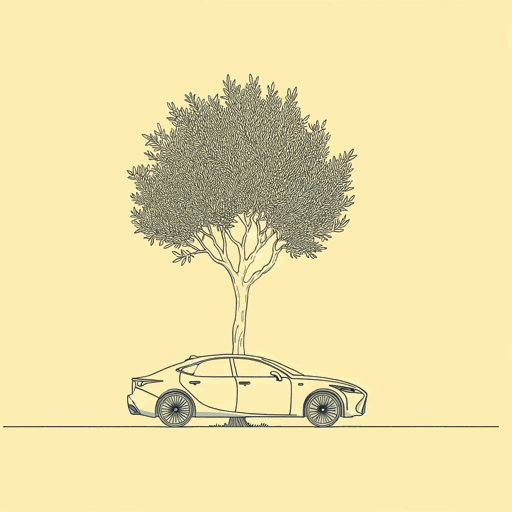62 pages • 2 hours read
Thomas L. FriedmanThe World Is Flat: A Brief History of the Twenty-First Century
Nonfiction | Book | Adult | Published in 2005A modern alternative to SparkNotes and CliffsNotes, SuperSummary offers high-quality Study Guides with detailed chapter summaries and analysis of major themes, characters, and more.
Part 5, Chapters 12-14Chapter Summaries & Analyses
Part 5: “You and the Flat World”
Chapter 12 Summary: “Globalization of the Local”
This is the first of three chapters that focus on the individual in a flat world. Friedman writes that the fall of the Berlin Wall made America the world’s sole superpower. People were concerned that America’s culture and values would dominate all others as globalization increased, leading to a kind of cultural imperialism. However, other factors of globalization also increased the possibilities for preserving unique cultures around the world. Uploading is one such factor. Friedman claims that uploading allows for “the globalization of the local” (478). In addition, because more people can stay in their native countries and work, it is more likely that their cultures will be strengthened and preserved. Those who immigrate can stay in touch with their native cultures thanks to the Internet and other technology, like satellite TV.
For a long time, Asia mostly received entertainment content from the West, but some believe that it is poised to create more content of its own. India, for instance, has become a center for animation and gaming design. Friedman talks with the COO of JadooWorks, an animation company in Bangalore, who says that the firm included traditional Indian artists in its workforce. JadooWorks employs the children of Hindu temple artists who paint and sculpt, training them in digital animation and also giving them time to practice their traditional skills “because the two skills reinforce each other” (481).
Related Titles
By Thomas L. Friedman

From Beirut to Jerusalem
Thomas L. Friedman

Hot, Flat, and Crowded: Why We Need a Green Revolution
Thomas L. Friedman

Thank You For Being Late
Thomas L. Friedman

That Used to Be Us
Thomas L. Friedman, Michael Mandelbaum

The Lexus and the Olive Tree
Thomas L. Friedman

